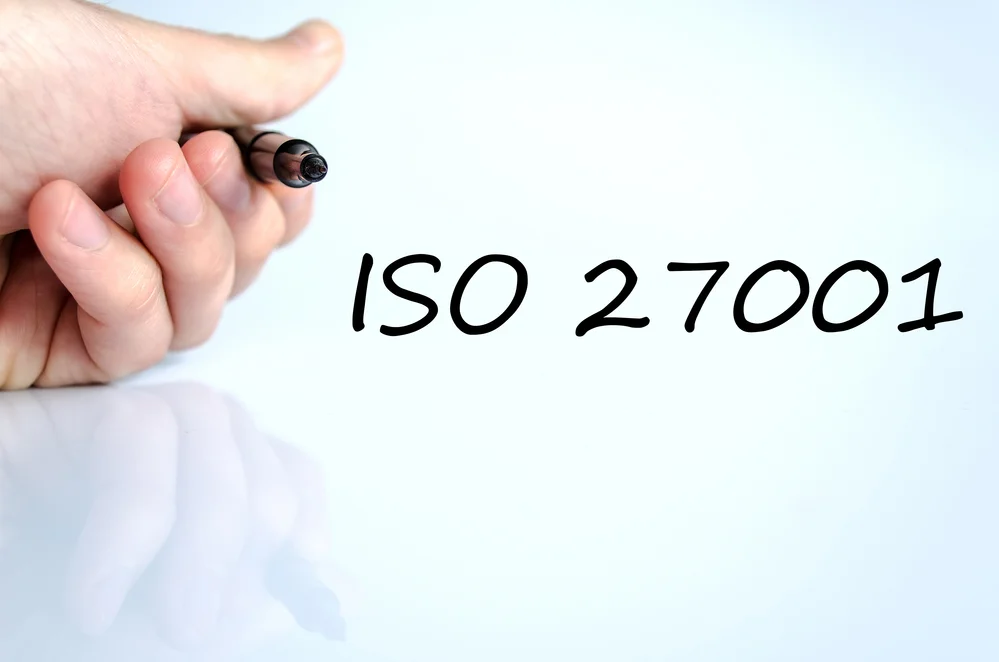By clicking “Accept”, you agree to the use of cookies on your device in accordance with our Privacy and Cookie policies
- Solutions
Overview
How it Works
Continuously improve upon the security program while continuing to grow the business.
Integrations
Compyl works with the technology your organization works with.
Products
Audit Prep
Begin building a scalable security program.
Solutions
Risk management
Build and maintain a robust risk management process.
vendor management
Manage vendor due diligence and risk assessments.
GRC
Mature your security program quickly.
Policy Management
Create and centralize policies, standards, and procedures.
Contract Management
Securely store and monitor all contracts.
Enterprise
Streamline security with automated efficiencies.
Entitlement reviews
Establish and monitor permissions for all users.
it asset management
Catalog, access, and track all IT Assets.
- Product
- Frameworks
Frameworks
SOC 2 Attestation
Demonstrate the ability to effectively safeguard customer data's security, integrity, confidentiality, and privacy.
ISO 27001
Prove the strength of your Information Security Management System to prospects and customers worldwide.
HIPAA
Organizations handling health information need to have measures in place & follow them.
NIST SP800-53
Improve the security posture of information systems used within the federal government.
MAS
Guidelines to encourage best practices among financial institutions in Singapore.
HITRUST
This global security and privacy framework provides comprehensive information, risk, and regulatory protection.
Any Regulation, Any Region, Any Time.
We proactively monitor for the latest frameworks to ensure our customers environments remain secure at all times. Contact us and learn about the additional frameworks Compyl supports.
- Partner Network
- Resources
Guides
Let Us Guide You Through Your InfoSec & Compliance Journey.
Education Center
Learn how to use the Compyl Platform.
Security Sessions
Watch all Security Session Episodes
Case Studies
Real-world stories on how we help our customers.
- Company
Company
About Us
Our mission and purpose are unique, just like the solution we created.
Our Security
We are very serious about our security. See the measures we take.
Careers
Join our diverse team of intelligent, respectful, and passionate individuals.
Contact Us
We are ready to secure your organization today!



